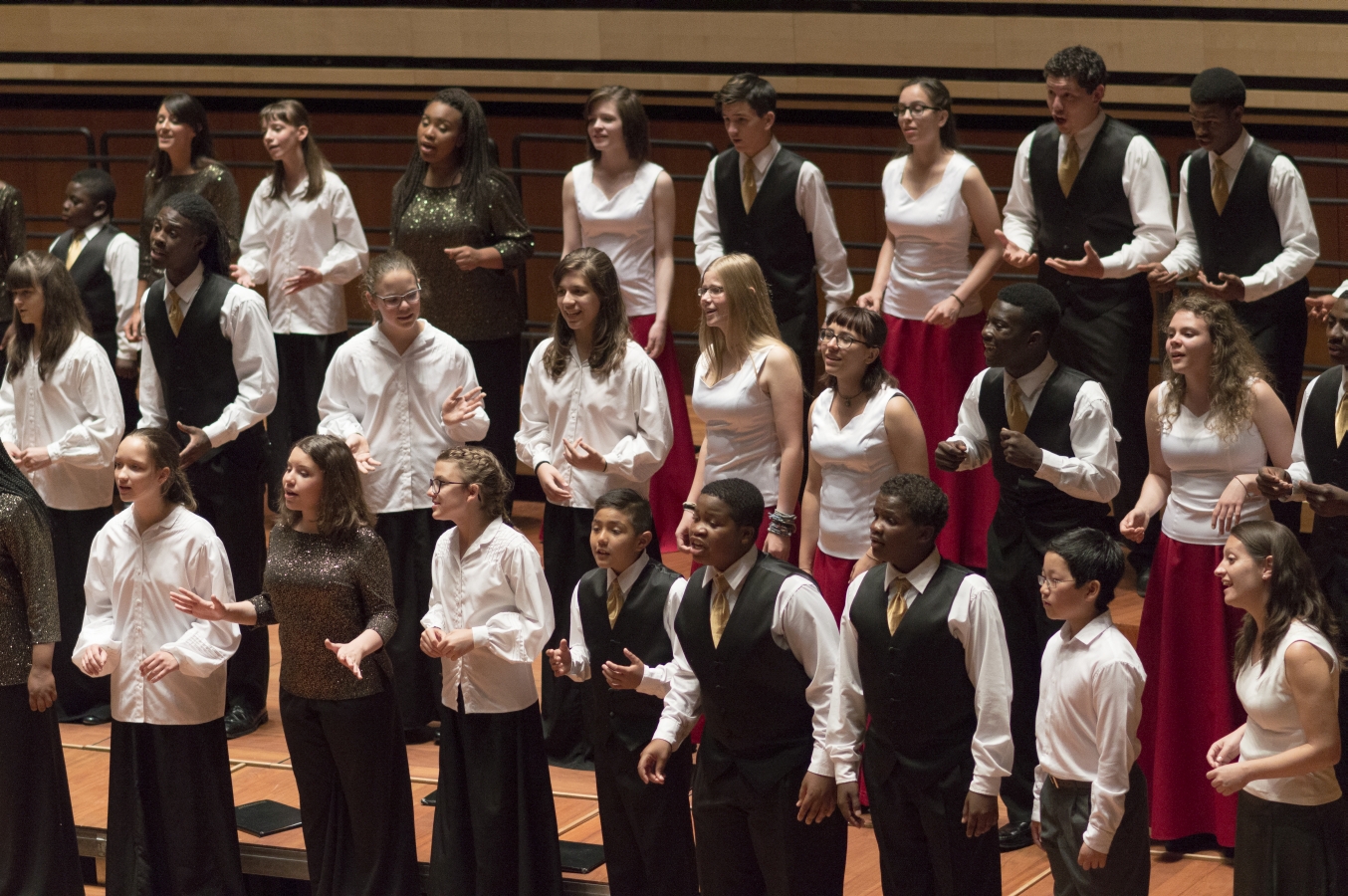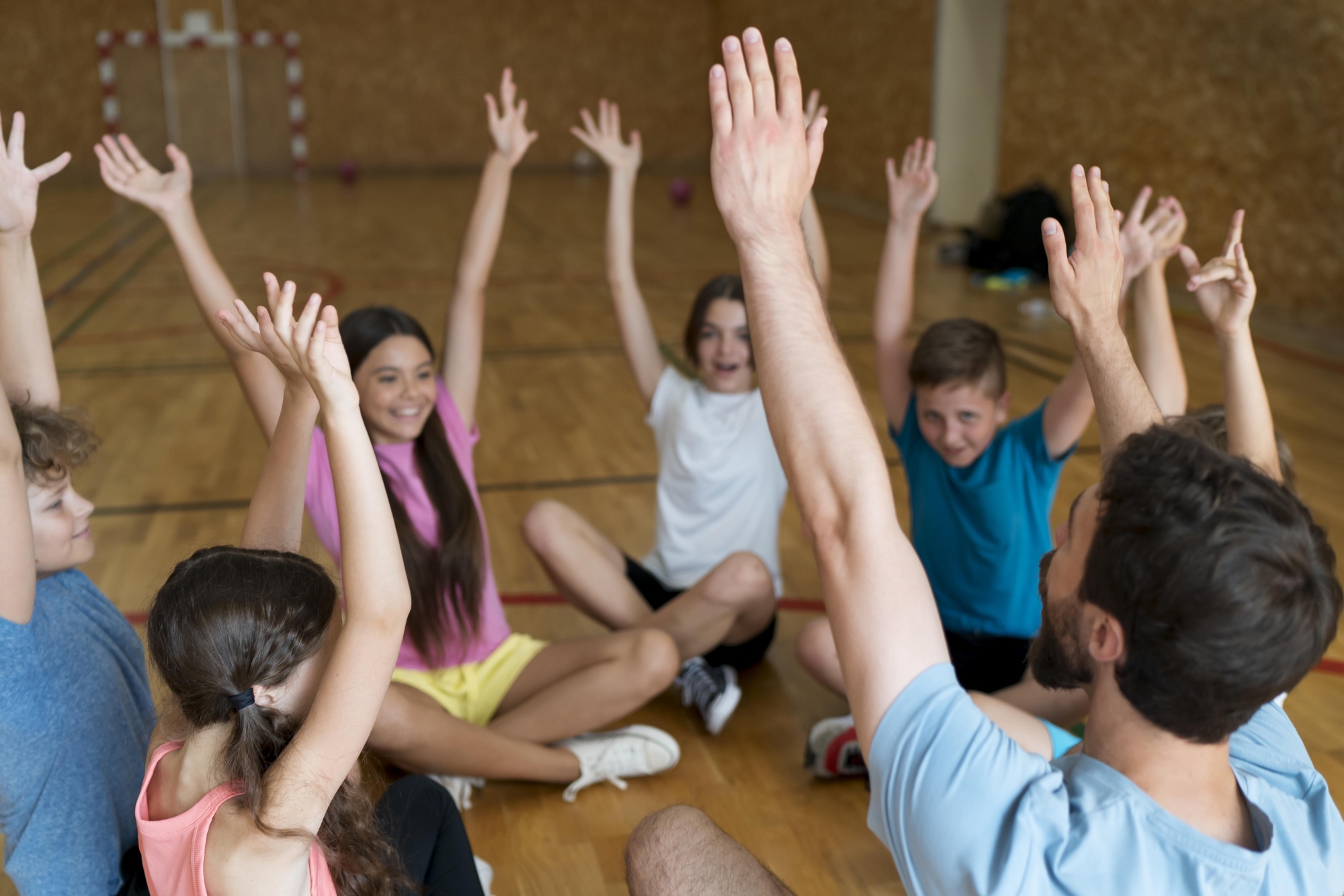Be Zulu
14

Category
vocal
Age
12+
Number of participants
6-40
Duration
approx. 20 min.
Working method
group work
Musical abilities of the trainers
12 3 4 5 6
Equipment and instruments
- music player / app to play the song
Competences
- cultural / intercultural sensitivity
- empathy
- attention
- creativity
- movement coordination
- cooperation
- concentration
- sense of rhythm
Be Zulu
Getting to know the music and dances of a distant culture.
AIM
Initiate movement improvisation through an easy-to-learn Zulu folk song based on the movements of the singers in the video.
Description
With the help of the facilitator or the videos, the participants learn the Zulu tune „Siyahamba”. (With the help of the recordings and sheet music, it can be learned in several parts, but it is also absolutely perfect in unison.)
They watch the videos again and observe the movements the Africans make while singing the song.
They try them out together or in smaller groups.
The participants create their own choreography from the movement elements they like best, which they perform while singing the song or playing the recording.
LYRICS
Siyahamba, ekukanyen’ kwenkos’,
Siyahamba, ekukanyen’ kwenkos’,
Siyahamba, siyahamba, oh,
Siyahamba ekukanyen’ kwenkos’.
We are marching in the light of God.
We are marching in the light of God.
We are marching, we are marching, ooh,
We are marching in the light of God.






Recent Comments